Affiliate links on Android Authority may earn us a commission. Learn more.
Will the G Edge be LG's answer to Samsung's Galaxy S6 Edge?
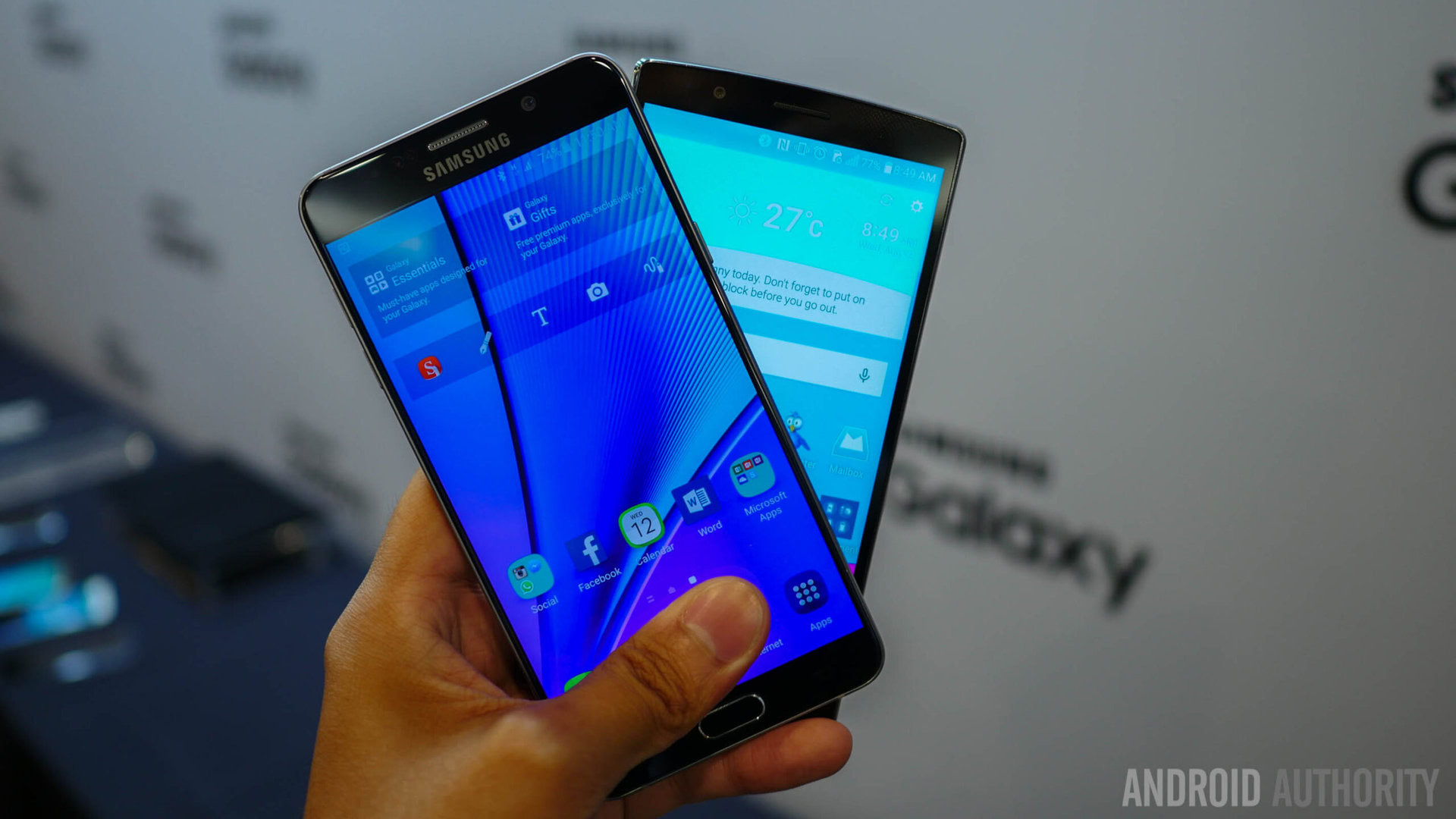
Earlier in the week, LG trademarked a number of Edge-related names, prompting rumors that the company could be preparing to launch a curved display smartphone that could rival the stylish looking Galaxy S6 Edge and S6 Edge+ from Samsung. There aren’t any remotely official looking details about such a device floating around right now, but with a second, even more premium smartphone on the way from LG later this year, anticipation is high that LG may have something planned.
What we do know is that LG has the right technology for such a device. The company has already released a handful of smartphones based on flexible display technology, which make use of both LCD and OLED panels types. OLED being the technological basis for Samsung’s curved active-matrix OLED (AMOLED) display in its Edge products.
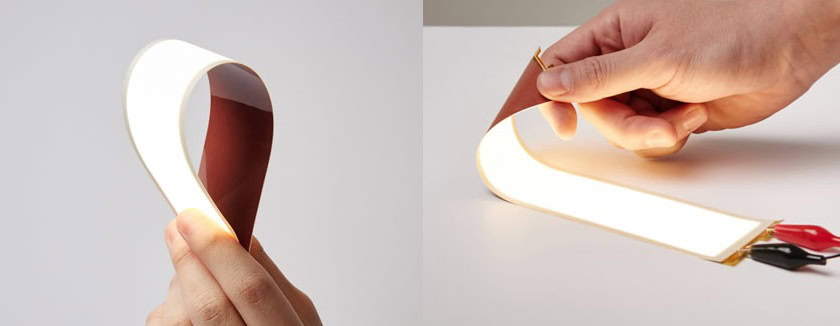
However, the subtly curved display of the G4 and LG’s other mid-range products this year is based on its LCD technology, which is not particularly bendable. The G Flex range is based on LG’s P-OLED technology which is far more flexible, as can been seen by the slight flexibility lent to these phones. LG’s OLED technology is going to be the key if the company wants to produce more flexible phones in the future. However, the Flex phones have been much smaller releases for the company. We are yet to see a truly mainstream mobile product based on flexible OLED technology from LG.
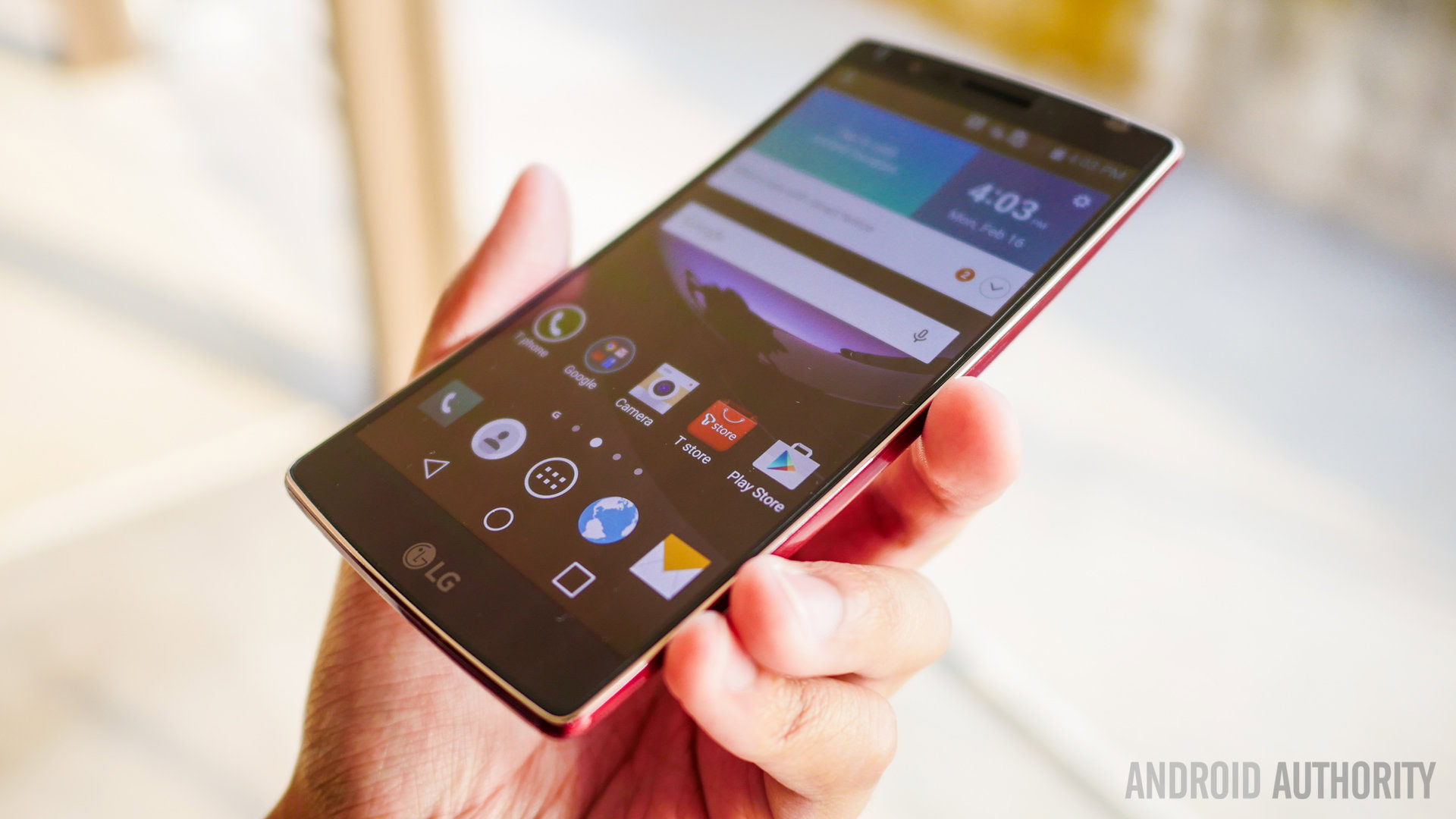
Part of this is down to LG’s production setup. LCD has long been the backbone of LG Display’s mobile products, but the company has been transitioning to accommodate additional OLED production. This week, LG Display confirmed that it is to invest an additional $8.5 billion into development of next-generation OLED displays, for use in products ranging from TVs to flexible mobile electronics. The company is also bolstering flexible OLED production with a $0.91 billion investment into its 6th generation production technique, but these investments are going to take years to mature.
The other half of the battle is display quality, resolution and cost of production. Samsung has long been in the mobile AMOLED game, which has given the company plenty of time to improve its technology. LG’s latest P-OLED display in the G Flex 2 comes in at a lower 1080p resolution than the QHD panel found in Samsung’s latest phones. A QHD smartphone OLED panel is probably on the way from LG, but the company hasn’t announced anything yet.
The big upside with LG’s OLED technology is that it has proven to be extremely flexible and versatile. Recently the company showcased a selection of “wallpaper” TVs which are not only about as thin as a credit card, but also bendable for easy mounting. LG also has a selection of concave and convex TV designs, any of which could be adapted for mobile if needed.
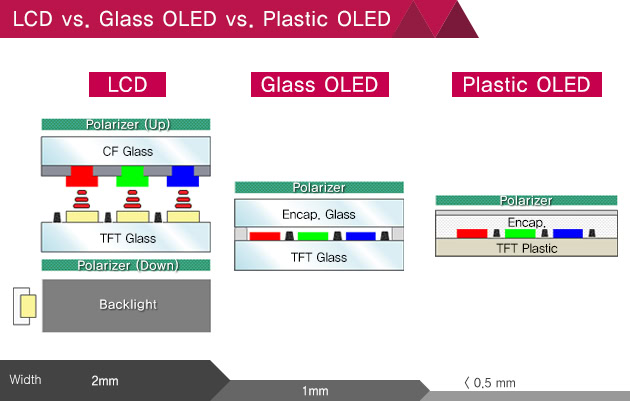
Plastic-OLED also offers a cost advantage over more complex LCD circuitry and pixel designs. The use of plastic, which enables a wide variety of flexibility, is also cheaper than the typical glass alternative for OLED displays. Although LG may not have been first with the technology, the company may be able to compete with a new slimmer design and a lower price point.
The mysterious dual-Edge LG prototype (below) is arguably our best look at what a future G Edge smartphone may look like, which would go directly up against Samsung’s design. However, the prototype apparently only had a resolution of 1280×720 pixels and a peak brightness of just 300 nits, well behind Samsung’s equivalent design. Although, LG has no doubt improved its technology since then.
The BlackBerry Venice also sports a similar look and is rumored to have a QHD resolution, but we don’t know who is manufacturing the display, it could be either LG or Samsung.
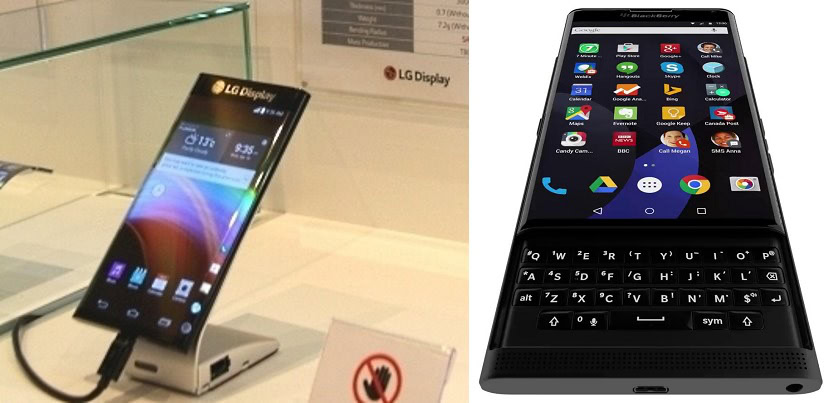
Perhaps, the G Edge, if or whenever it appears, will be LG’s first major flagship to make use of the company’s advanced OLED panels, but it’s not quite clear how close the company will be able to get to Samsung’s industry leading display technology with a first generation “Edge” product. A major global launch could also be some distance away, depending on how LG prioritises its OLED production capabilities. However, LG is betting big on a future in OLED and I’m sure we will see some exciting mobile products in the not too distant future.